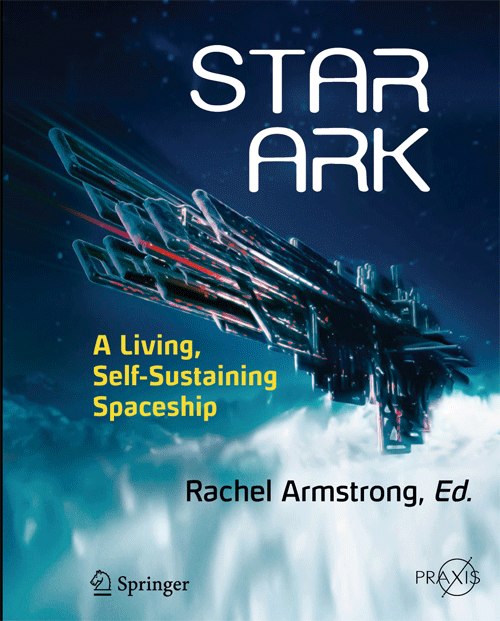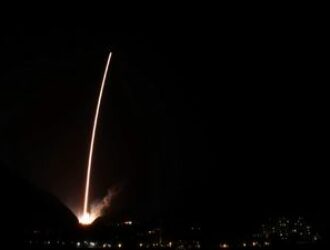
This anthology examines the Interstellar question – i.e. the idea that we may one day live beyond the world we know and settle distant planets. A challenge on this scale requires not only vision, but multiple voices for the acknowledgment of complexity and contradictions. These are inherent in the quest. Taking a multidisciplinary and cultural view of the challenge, the book accordingly seeks to provide a form of cultural catalysis by which an
interstellar culture may be seeded (it is, in other words, emphatically not a technical manual seeking to offer formal solutions to particular problems). To address such ambitions, the book has been divided into two main sections – Part I and II – in which differing conventions of writing have been deployed.
Part I, written by Rachel Armstrong, proposes a new age of space exploration based on an ecological perspective of the cosmos. It is this that will create the conditions for inhabiting starships and, ultimately, new worlds. Drawing on her leadership of the Persephone Project, this section adopts an experimental, yet testable, and inclusive approach to constructing a livable and self-sustaining starship. Persephone is part of the Icarus Interstellar group’s portfolio of work – an international consortium of aerospace engineers aiming to construct a starship research platform in Earth’s orbit within the next hundred years. This means a series of Earth-bound experiments are being detailed through a wide range of laboratory types that inform us about how we live with and design ecosystems on this planet – and beyond.
Part II, which is edited by Rachel Armstrong, introduces other voices to explore the Interstellar Question. The editor’s aim here has been to create a productive interplay between differing perspectives and disciplinary backgrounds via themed, multi-author chapters. These are organized into, sections, presenting distinct viewpoints for examining the Interstellar Question. Topics include: the interstellar mission (Andreas C. Tziolas, Nathan Morrison, Esther M. Armstrong), space ecology (Michael N. Mautner, Simon Park), (Barbara Imhof, Peter Weiss, Angelo Vermeulen; Astudio – Emma Flynn, Richard Hyams, Christian Kerrigan, Max Rengifo; Susmita Mohanty, Sue Fairburn), space bodies
(Kevin Warwick, Arne Hendriks, Rachel Armstrong, Sarah Jane Pell), connecting with the divine and the sacred and becoming cosmically conscious (Steve Fuller, Roberto Chiotti, Krists Ernstsons), constructing worlds (Jordan Geiger, Mark Morris) and interstellar research methodologies (Rolf Hughes, Rachel Armstrong). The unconventional structure explores how different perspectives must be brought into a productive dialogue when considering the fundamental principles for inhabiting space. If, as a result, the book resembles a Tower of Babel for the space age, this is a design choice that invites us to address our innate diversity. Readers are invited to refl ect on what these different perspectives mean for a coherent approach to settling environments far, far beyond the familiar planet we call (for now) “home”.


